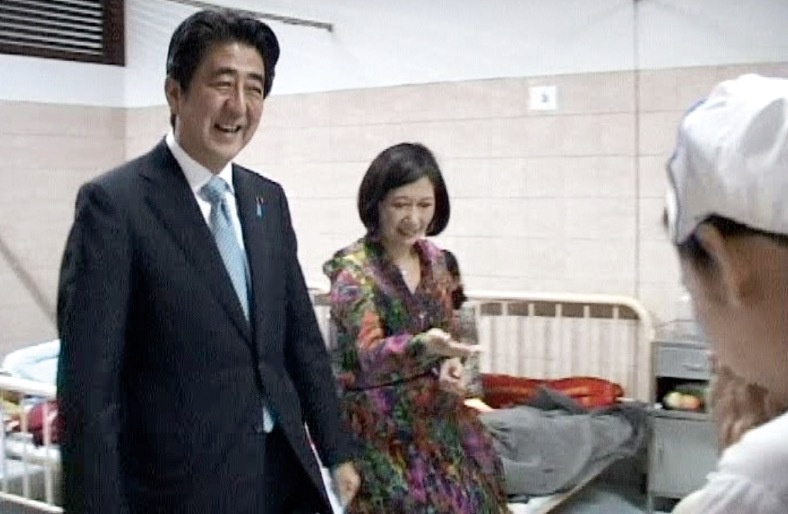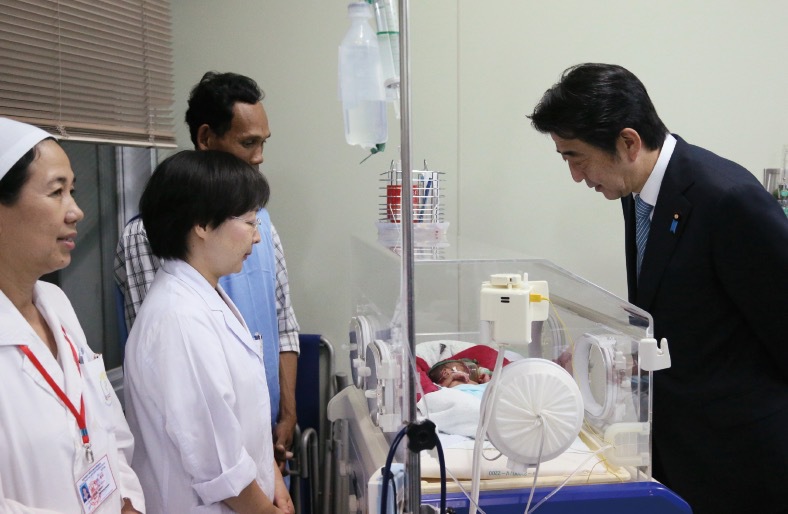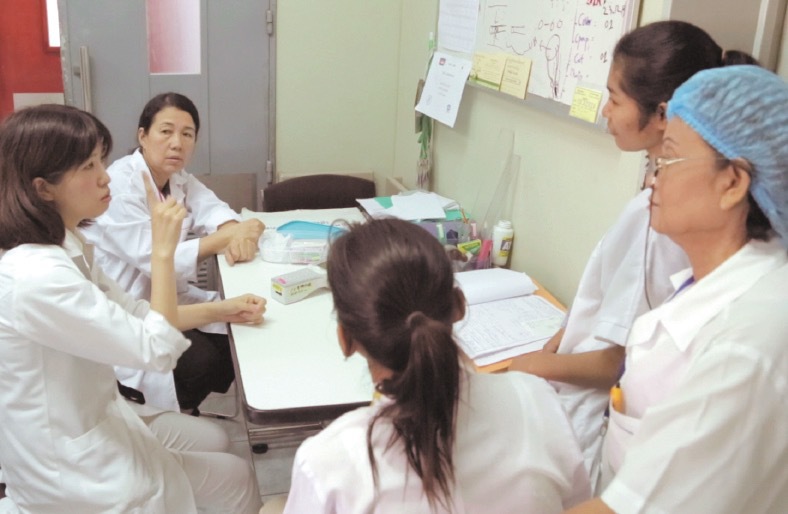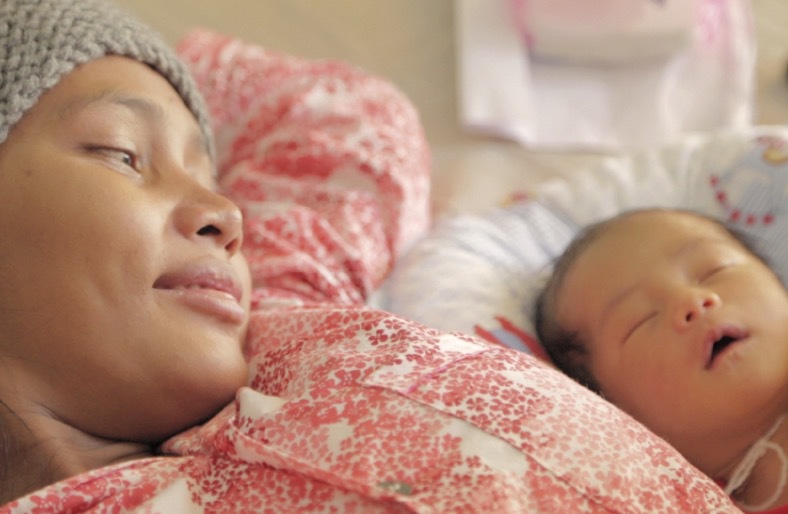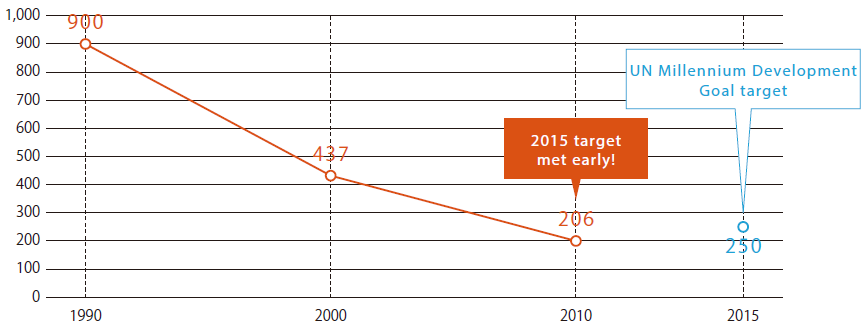In 2006 a pregnant woman died in a small village in Kampong Cham Province, about 120 kilometers northeast of the Cambodian capital of Phnom Penh. The cause of death was severe blood loss. She had been unable to receive treatment even though her fetus had died in the womb.
The woman knew that something had gone wrong, but she could not consult a doctor. “I can’t spend money on transportation to a hospital when my husband earns a pittance,” she reasoned. Moreover, Cambodia had no system to get emergency patients to key hospitals. By the time she was brought to the National Maternal and Child Health Center (NMCHC), the woman had already stopped breathing.
Just eight years ago, fatalities like this were very common in rural Cambodia. Chlong tonle—that is how the Cambodians refer to childbirth. The expression, which means “crossing the river,” compares giving birth to crossing a large river at the risk of losing one’s footing in a deep spot or rapids and thus losing one’s life. In Cambodia, childbirth was a matter of life and death.
Swift Japanese Assistance for Birthing Facilities
Civil war ended in Cambodia in 1991. Many healthcare professionals had died, and facilities were in disrepair, so women had no choice but to deliver their babies at home. Making birthing facilities available and training midwives and other medical professionals formed an important pillar of the country’s reconstruction at the time.
Japan was quick to extend assistance. In 1992 it dispatched a medical advisor to Cambodia’s Ministry of Health, and in 1995 it launched a project for developing human resources for better maternal and child health. In 1997, Japan built the NMCHC in Phnom Penh with grant aid. A project enhancing midwife-training capacity in the provinces has also been under way since 2007.
Pediatrician Yuriko Egami, who currently works at the NMCHC as chief advisor, says, “The Cambodian Ministry of Health has finished assigning midwives to all of the country’s roughly one thousand health centers, and now it’s working on increasing the number of midwives to two per center.”
These efforts reduced maternal mortality rates from 900 per 100,000 births in 1990 to 437 in 2000 and still more to 206 in 2010. The target of reducing maternal deaths to 250 per 100,000 births by 2015, part of the United Nations Millennium Development Goals, was achieved five years ahead of time.
“What is great about Japanese assistance,” Egami continues, “is that it develops the entire package, including the institution and the systems to make it work.” Japan’s international cooperation does not just build facilities; it also develops the human resources to operate them, with the aim of ultimately handing over all operations to the people of that country. Japan follows through with this spirit in many of its international contributions.
Locals in Cambodia affectionately refer to the NMCHC as the Japan Hospital. The friendly nickname will endure even after the hospital no longer has Japanese staff.































































































































